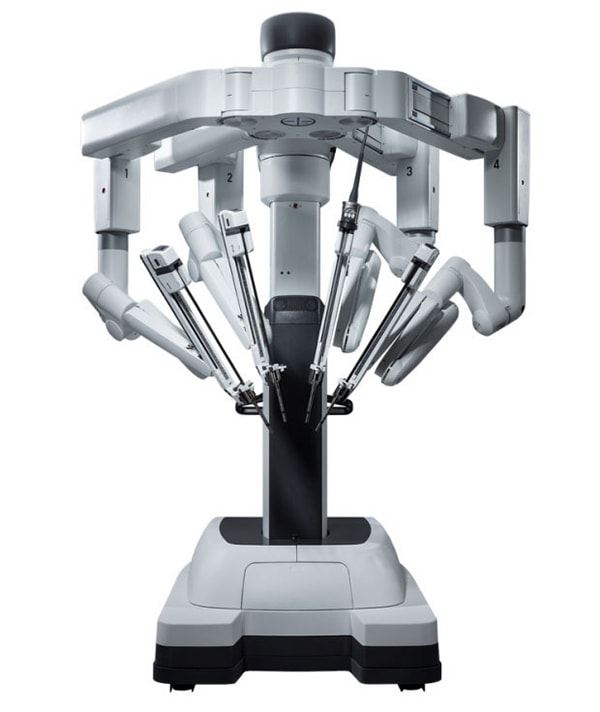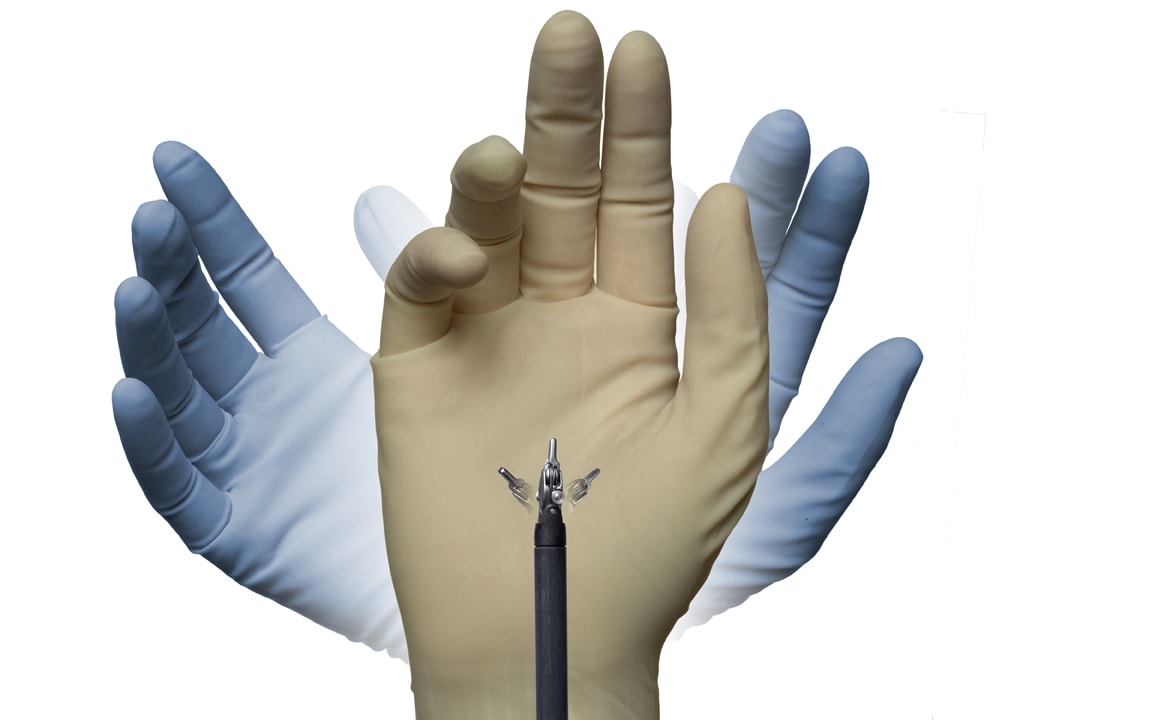Robotic Surgery in Staten Island, NY
If you are looking for a treatment option that offers reduced pain and a quicker recovery time than traditional surgery, robotic surgery may be an option for you. Treating patients in the Staten Island, NY area, Richmond University Medical Center has an experienced robotic surgery team that is at the forefront of this innovative method. With more than 80 percent of our surgeons trained in robotic techniques, Richmond University Medical Center is the place to go for robotic surgery on Staten Island.

What Is Robotic Surgery?
Robotic surgery, also known as robot-assisted surgery, is surgery performed with assistance from robotic equipment. Robot-assisted surgery first came onto the scene in the 1980s to enhance surgeons’ abilities and bypass some of the limits of traditional surgical procedures. The FDA approved robotic systems for general laparoscopic surgery in the 2000s, and the use of robotic surgery has continued to increase in different medical specialties ever since. Robotic surgery often is performed using minimally invasive methods, but it also can be used in traditional open surgical procedures.
Advantages of Robotic Surgery
The rate of robotic surgery has continued to rise within the last few decades because of the enhanced precision, control, and visual acuity it offers surgeons. However, patients also benefit from robotic surgery.
The advantages that robotic surgery can provide patients include:
- Less pain than open surgery
- Reduced complications and chances of infection
- Less scarring and blood loss
- Shorter hospital stays
- Faster recuperation and recovery
If you are interested in the benefits robotic surgery can offer, ask your doctor whether robotic surgery is an option for your procedure.
How Does the Process Work?
The process of robotic surgery is somewhat like traditional surgery, in that you will be given anesthesia to put you to sleep, go to an operating room, and have a surgical procedure performed on you. However, there are differences between the processes of robotic and traditional surgery, mainly regarding the tools and methods used.
For robotic surgery, the surgeon uses a robot with small surgical tools attached to the arms to perform the procedure. The surgeon operates the robot from a console, making a small incision and inserting a thin tube with a camera (endoscope) to see inside of the patient. Once the endoscope is inside and the surgeon can look around, they will make hand movements that the robot matches, allowing for small, precise movements that increase control and accuracy.
Robotic Surgery at Richmond University Medical Center
Robotic surgery has now been used to perform a multitude of procedures across different specialties due to the benefits it provides. At Richmond University Medical Center, we perform our robotic surgeries using the versatile da Vinci robotic surgical system, the most widely used robotic surgery system in the world. Robotic equipment like the da Vinci allows our surgeons to work more precisely, accurately, and with more flexibility and control than they can with traditional surgery.
Robotic Procedures We Offer
Our robotic surgery team can complete a wide selection of procedures using the da Vinci Xi system to effectively address a broad range of conditions. These include:
- Bariatric procedures: Sleeve gastrectomy (removal of a portion of the stomach) and gastric bypass (shrinking the stomach and rerouting the digestive tract to limit food intake).
- Thoracic procedures: Esophageal reflux surgery, diaphragmatic plication (used to treat breathing difficulty), and the excision of lung, esophageal, and mid-chest tumors.
- Gynecological procedures: Supracervical hysterectomy (removal of the uterus), abdominal colpopexy (insertion of mesh to fold the vagina in the correct position), and bilateral salpingectomy (removal of one or both fallopian tubes).
- Urological procedures: Prostatectomy (partial or complete removal of the prostate).
- Colorectal procedures: Colectomy, low anterior resection (LAR), and abdominoperineal resection (APR).
- Hernia procedures: Treatment for hiatal, abdominal, inguinal, and ventral hernias.
If you know you will need one of these procedures, make sure to ask your surgeon whether robotic surgery is an option for you. Although robotic surgery has many positives, it is not always the best treatment method for every patient. It is important to discuss the benefits and risks of robotic surgery with your doctor, how it compares with conventional open surgery and with other types of minimally invasive surgery. Physicians will run tests and consider the patient’s age, overall health, risk level, and other factors to determine whether a patient is eligible for robotic surgery.
Ask Your Surgeon About Robotic Surgery
Robotic surgery can address many health conditions, and if you are considering it for yourself or a loved one, our team is here to help. Offering both robotic surgery procedures and conventional surgery methods, Richmond University Medical Center on Staten Island, NY, can help our patients get back to feeling their best with a variety of treatment options. Make an appointment with us today or contact our Department of Surgery at 718-818-2420 to learn more about robotic surgery.




